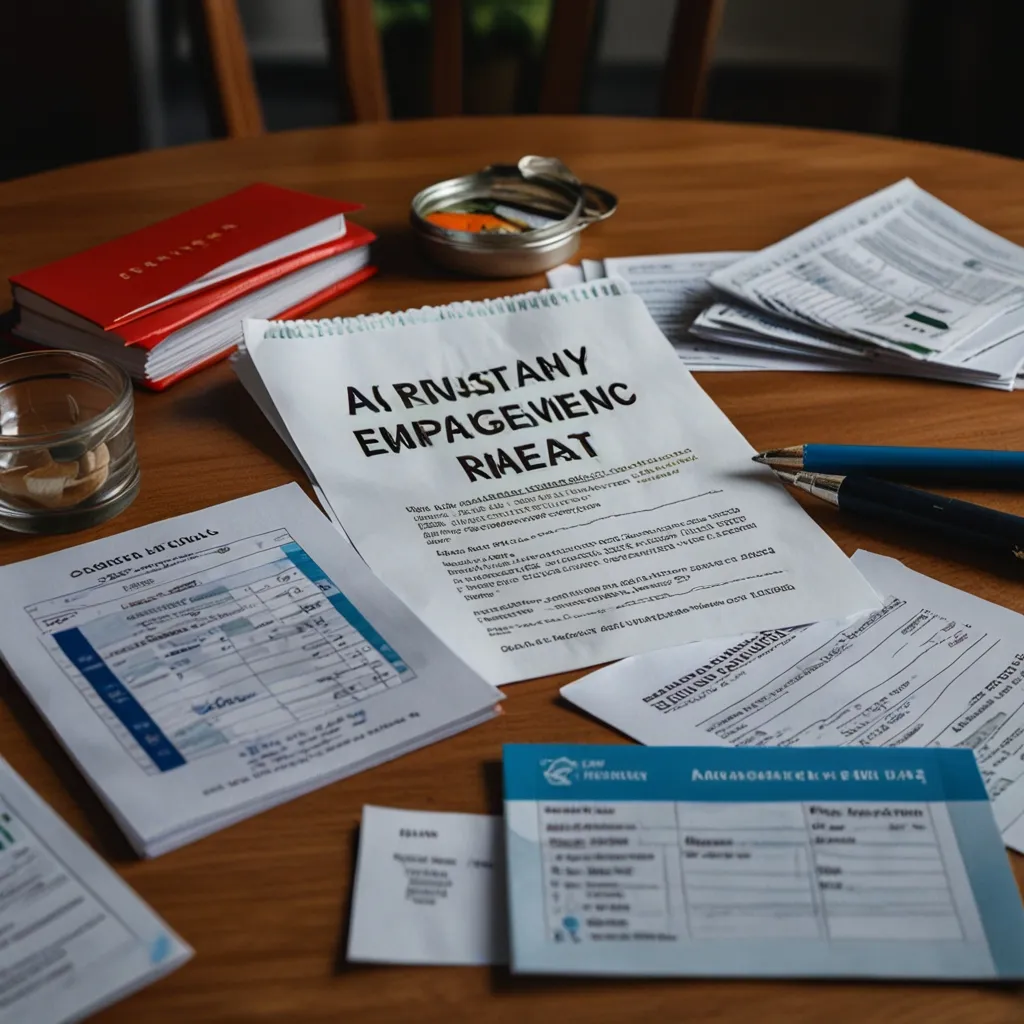Retiring comfortably is the dream, right? But making that dream a reality requires some savvy planning—especially when it comes to choosing the right way to save your money. Two of the biggest players in the retirement savings game are 401(k) plans and Individual Retirement Accounts (IRAs), each bringing its own flair to the table. Let’s break these down, shall we?
401(k) Plans: Your Employer’s Gift to Your Future
401(k) plans are pretty sweet deals if your employer offers them. They’re like that old piggy bank, but way better and automated. Here’s the cool thing: your employer often matches your contributions up to a certain percentage. That’s free money, folks! It’s like finding hidden cash in your winter coat.
Your contributions come straight out of your paycheck before you even see the money, which makes saving super easy. This “out of sight, out of mind” approach means you never really miss the cash, and it grows without you thinking too much about it. Plus, it’s tax-deferred, which means you don’t pay taxes on it until you withdraw the money in retirement when, hopefully, your tax rate will be lower.
Imagine putting aside $500 a month into your 401(k). If your employer matches 50% of that, you’re actually saving $750 monthly. Over the years, especially with compound interest, that can snowball into a hefty sum.
But hey, it’s not all rainbows and unicorns. 401(k) plans don’t offer a ton of investment options. Usually, you’re limited to what the plan administrator picks. And while the contribution limits are decent—$23,000 in 2024 if you’re under 50 and $30,500 if you’re 50 or older—they still set a cap on how much you can stash away.
IRAs: Your Go-To if You’re Flying Solo
Now, IRAs are like the DIY version of retirement savings accounts. You don’t have to rely on your employer offering this; you just set one up at a bank, investment company, or brokerage firm. This is perfect if your company doesn’t provide a retirement plan or if you’re your own boss.
There are different flavors of IRAs—traditional, Roth, SEP, and SIMPLE being the main ones:
- Traditional IRAs: Contributions are tax-deductible now, but you’ll pay Uncle Sam when you withdraw in retirement.
- Roth IRAs: You pay taxes on contributions upfront, but withdraws in retirement are tax-free.
- SEP and SIMPLE IRAs: These are tailor-made for self-employed people and small business owners, and they offer higher contribution limits.
So, if you’re 40 and pumping $7,000 annually into a traditional IRA, by the time you hit 65, you could be sitting pretty, assuming you’ve got a moderate return on your investments.
Just a heads-up though: IRAs have smaller contribution limits compared to 401(k)s—$7,000 in 2024 if you’re under 50, and $8,000 if you’re 50 or older.
401(k) vs. IRA: The Showdown
Alright, what’s the real difference between these two? For starters, a 401(k) is funded directly from your paycheck, often with some employer match added in—not too shabby. An IRA, on the other hand, is all you. You put in the money yourself, which requires a bit more initiative.
When it comes to investment options, IRAs are the clear winner. While 401(k)s are usually limited to a pre-selected list of funds, IRAs let you go wild. We’re talking individual stocks, bonds, and even more exotic stuff, like whichever mutual funds or ETFs tickle your fancy.
Mixing and Matching for Maximum Benefit
Why settle for just one when you can have both? Seriously, you can stash money in both a 401(k) and an IRA to turbocharge your retirement savings. If you’re lucky enough to have an employer who matches your 401(k) contributions, you should definitely contribute enough to max out that benefit. Then, open an IRA to squirrel away even more.
Consider this: if you funnel 10% of your paycheck into a 401(k) and get a 5% match from your employer, that’s a solid 15% going toward your future. Add an IRA into the mix, and you’re even better prepared for those golden years.
Other Options for the Savings Savvy
401(k) and IRAs might be the rock stars, but they’re not the only instruments in the band. Let’s not forget:
- 403(b) Plans: Think of these as 401(k)s but for folks working at tax-exempt organizations like schools and hospitals. They function similarly and can also include employer matches.
- Annuities: These are insurance products that can give you a steady income stream in retirement, in either fixed or variable flavors.
- Self-Directed Retirement Accounts: Feeling adventurous? These let you invest in a wide array of assets, from real estate to private companies.
Crafting a Retirement Game Plan
Choosing the right vehicle is just one piece of the puzzle. A solid retirement plan involves a cocktail of regular savings, smart investing, and clear financial goals. Here’s a simple recipe for success:
- Start Early: The earlier you start, the more you benefit from compound interest. Even small amounts can grow big over time.
- Diversify: Don’t put all your eggs in one basket. Spread your investments across different assets to cushion against risk.
- Review Often: Periodically check your savings plan and tweak it as needed to stay on track with your goals.
Wrapping It Up
Retirement might seem ages away, but getting your savings act together now can make all the difference. Whether you’re leaning on a 401(k), an IRA, or both, remember that consistency is key. Start early, stay informed, and watch your future self thank you. So, there it is—a casual stroll through retirement savings. Now go forth and secure that comfy, happy future!






